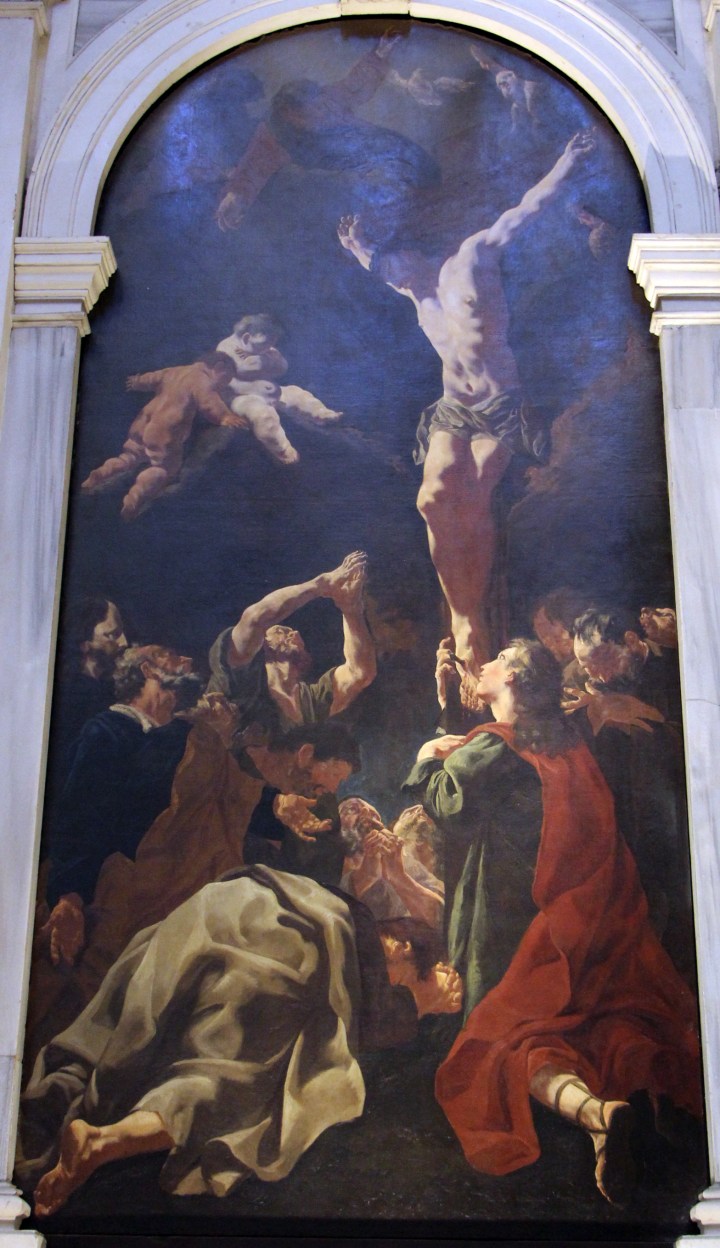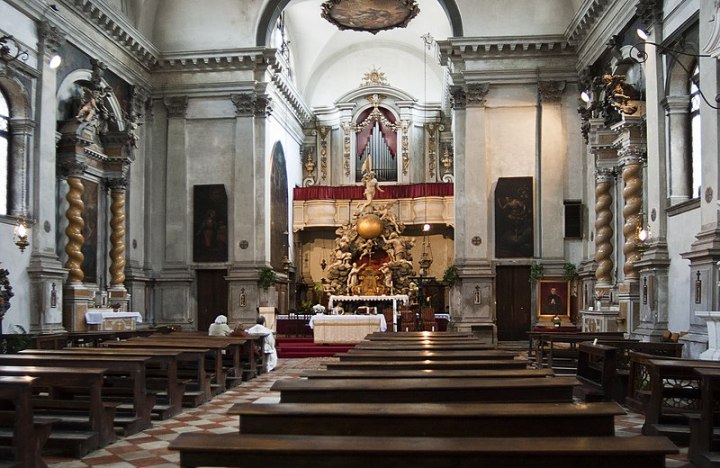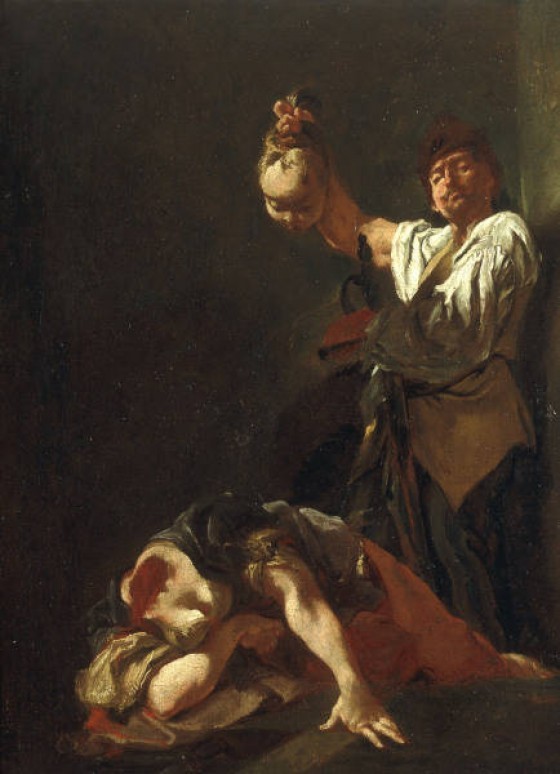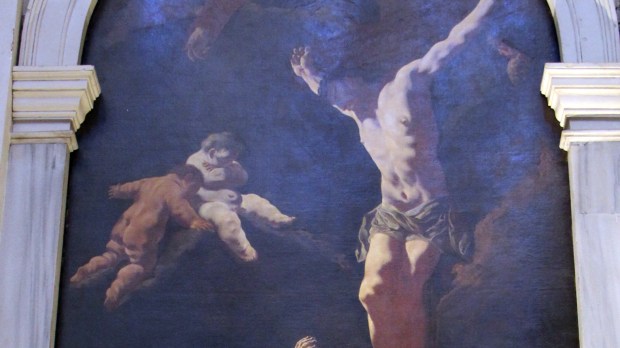Venice does not lack for famous painters. Art history has been profoundly influenced by Venetian painters, whether it be the suggestive landscapes of Canaletto, the moving art of Titian, or the iconic style of Tintoretto. Yet, we hardly ever hear that one of the artists that defined the artistic scene of “La Serenissima,” as Venice was called, was a woman. During the early 16th century, Giulia Lama, the daughter of a painter, was the first female artist to receive a commission from a Catholic church.
At a time when women were hardly ever allowed to paint or sculpt, the few who were able to find their way into the art world usually specialized in miniatures or still life paintings. Lama, by contrast, left a striking body of work that includes large life-size portraits of religious and lay figures alike.
Her success is all the more impressive given the fact that, as BBC explains, critics from the time were very harsh towards Lama, so much so that abbott Atonio Conti wrote: “The poor girl is persecuted by painters, but her virtues triumph over her enemies.”
The earliest work that can be attributed to Lama is probably the altarpiece of Santa Maria Formosa Church, depicting the Madonna with Christ Child, St. Peter, St. Magnus, and the Allegory of Venice, dating to the early 1720s. Here, Lama’s style stands out for the dynamism of her subjects. Both the Madonna on the right and the two saints on the left are positioned in a way that directs the viewer’s gaze towards Christ Child.
However, a further evolution of her painting is apparent in one of the most striking pieces, titled “Crucifixion,” made for the altar of the Church of Saint Vitale in the mid-1720s. The towering piece stands out for its use of vertical space, directing the viewer’s gaze towards the face of Christ at the top. Surrounding the crucifix we find the grieving apostles who, in contrast with the artistic canon of the time, are an integral part of the emotional tone of the painting. Rather than serving as passive figures surrounding Jesus, they each show strong emotions through Lama’s brushwork. Both because of its unusual setup and the great emotional display of the subjects, this work is currently regarded as one of the great paintings of 16th-century Venice.

Some of Lama’s most impressive works, two oil panels displayed on top of a secondary altar inside the Church of San Marziale, portray St. Matthew and St. Mark. Her iconic use of chiaroscuro and her striking ability to convey the emotions of her subjects are on display. Two other portraits by Lama, of St. Luke and St. John, are standing on the opposite side of the church.

It is evident from her works that she had developed a masterful use of dark and light contrast and a keen ability to paint the human body in a realistic way. Yet, students of Venetian art hardly ever encounter Lama’s name in their syllabi.

In the past few years, the US-based cultural heritage NGO “Save Venice” has led an effort to preserve and promote the works of this unsung protagonist of Venice’s 16thcentury art. As BBC reports, the organization found out about the artist when they were working on a painting by Tintoretto kept in the church of San Marziale (St. Martial in Glory with Sts. Peter and Paul).
Experts from Save Venice have since started the meticulous work of finding, restoring and promoting Lama’s work. The two canvases on top of the altar at the church of San Marziale have recently been removed for restoration. The NGO hopes that by promoting Lama’s work, people will become aware of the contribution of women to Venice’s artistic scene. Save Venice hopes to uncover in the near future the work of as many as 30 other unsung female artists.

